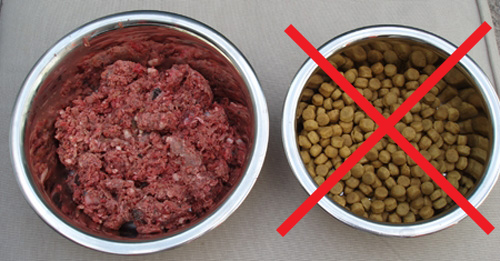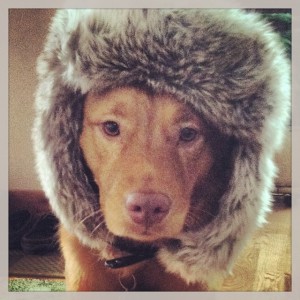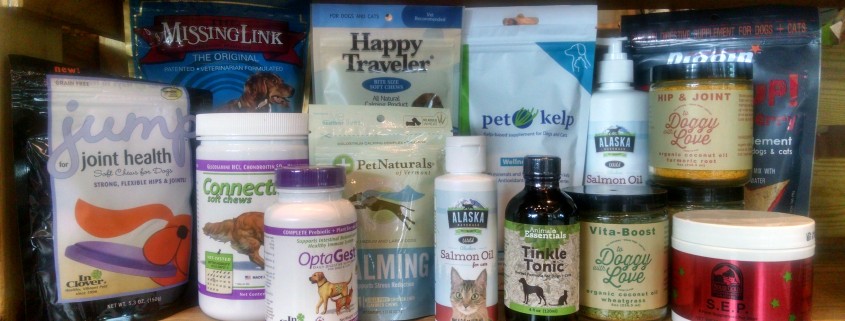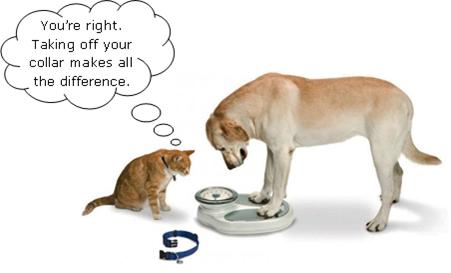Got H2O? Keeping Your Dog Hydrated this Summer
Hot summer days paired with Colorado’s dry climate means more dogs are susceptible to dehydration in the next few months. Read our tips for keeping your dog hydrated this summer.
Dehydration can cause lethargy, loss of appetite, dry mouth and if not timely addressed, may deteriorate digestive, urinary and kidney health.
If you suspect your dog is dehydrated:
- Perform a “skin-test”: Gently pinch the skin on the back of your dog’s neck and release. If the skin doesn’t snap into place, your dog may be dehydrated and you should seek veterinary care.
- Lift your dog’s lip and apply pressure with your index finger on the gums. The gums should turn white with pressure and back to pink once pressure is removed. If gums stay white, your dog may be dehydrated.
Never ever leave dry food dry.
Canines’ natural diet of meat and scavenged foods is at least 70% water, but kibble (dry dog food) contains less than 10% moisture. Proper hydration is critical for proper digestion and organ function and without enough moisture in the diet, your dog is likely to be chronically dehydrated.
Dogs will drink a ton of water to compensate for this loss of hydration. However, most water consumed outside of meal time will move too quickly through the digestive tract for it to be properly absorbed into the body. (Maybe you’ve experienced this when trying to increase your own fluid intake. I remember someone telling me, “If you’re new practice is drinking 80oz of water a day, your new hobby will be urinating.”
My favorite way to approach this problem is to feed a species-appropriate diet of fresh foods. This can be as convenient and cost-effective as feeding a high-quality dry food.
If you choose to feed your dog dry food (kibble), add something to his bowl to help him stay hydrated.
- Filtered Water
- Bone Broth. Try Nature’s Logic or Primal or read our blog on making your own!
- Raw Goat Milk. We like BarknBig (Colorado), Answers and Primal
- Rehydrated Sojo’s, Grandma Lucy’s or The Honest Kitchen
Carry water everywhere you go.
- Keep a portable water bowl hooked to your dog’s leash. At The Happy Beast, we carry styles that snap or clip to your leash, backpack or belt. We also love Gulpy’s- a water bottle with an attached fold-out water dish.
Make flavored ice-cube treats.
- Pour raw goat milk or broth into ice cube trays and freeze. Pop out a cube for a fun cool treat!
- To keep your dog busy longer: Fill a plastic tub (yogurt and margarine containers work well) with water or broth, add treats, apple slices and carrots and freeze. Once frozen, remove from plastic tub and let your dog enjoy on your patio or yard. Perfect way to keep your dog entertained and hydrated!
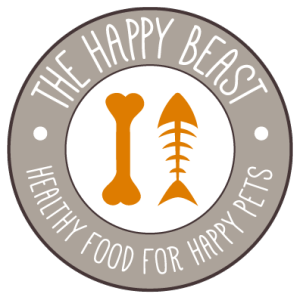

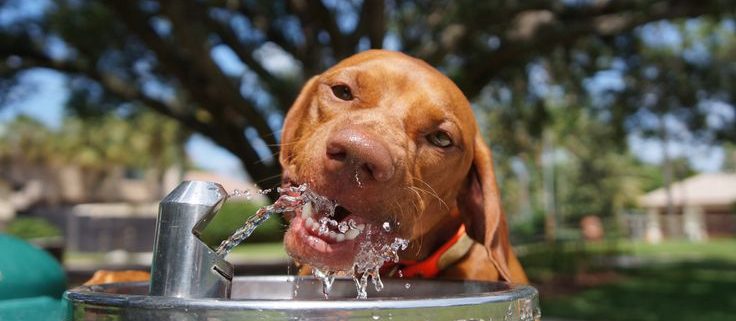
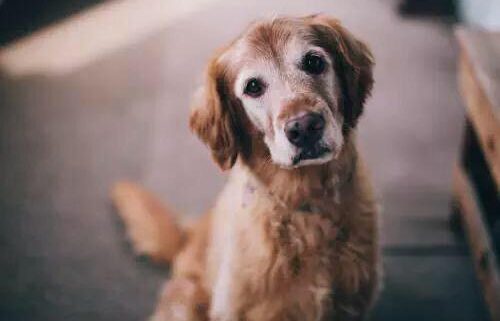
 Common Conditions in Older Dogs:
Common Conditions in Older Dogs: How Can You Help?
How Can You Help? Here’s the truth:
Here’s the truth: